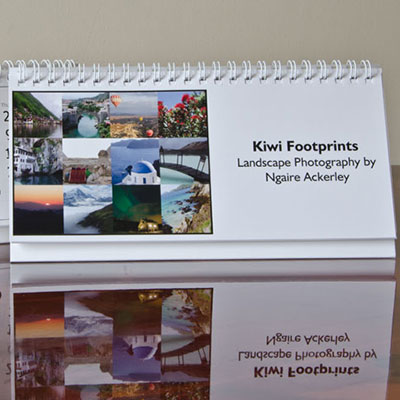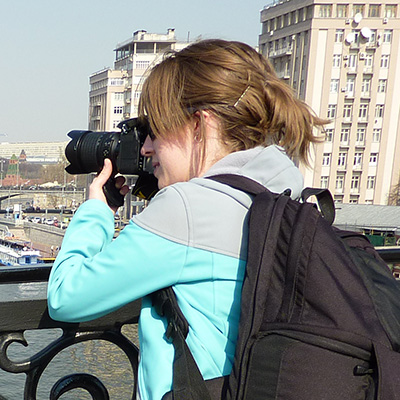Auschwitz: photographing history and its terror
Posted on: 31 May 2012
Written by: Ngaire Ackerley
“The one who does not remember history is bound to live through it again”
– George Santayana
I recently travelled to Krakow in Poland to further open my eyes (and camera) to history for all its cruel and tortuous ways. Krakow itself is a lovely city, but the main purpose of this travel experience was to see Auschwitz and Auschwitz-Birkenau.
A bit of background:
Auschwitz was the largest Nazi German concentration camp and death camp. In the years 1940-1945, the Nazis deported at least 1,300,000 people to Auschwitz:
- 1,100,000 Jews
- 140,000-150,000 Poles
- 23,000 Roma (Gypsies)
- 15,000 Soviet Prisoners of war
- 25,000 Prisoners from other ethnic groups
1,100,000 of these people died in Auschwitz. Approximately 90% of the victims were Jews; the majority were murdered in gas chambers.
It is not often I put many words to my images (I even wrote a thesis entitled ‘Narratives in Still Photography without text’), but I hope this short background will help put my photographs in perspective. Through my work and travels I have come to understand a lot about genocides and the holocaust. I believe it is important to understand these events, because in the words of George Santayana – “The one who does not remember history is bound to live through it again.”
The following set of photographs is just a snapshot of the full album from Poland; these photographs describe a narrative of Auschwitz. I purposely shot these narrative photographs imperfectly because I felt that is what the subject matter called for, despite the fact that Auschwitz has been maintained incredibly well. The quality of the buildings provided an added shock of how recent these events in history really happened. I chose black and white photography for this subject matter to remove any colour and therefore, any possible happiness to be portrayed from these concentration and death camps.
To the memory of the men, women, and children who fell victim to the Nazi holocaust, may your souls rest in peace.
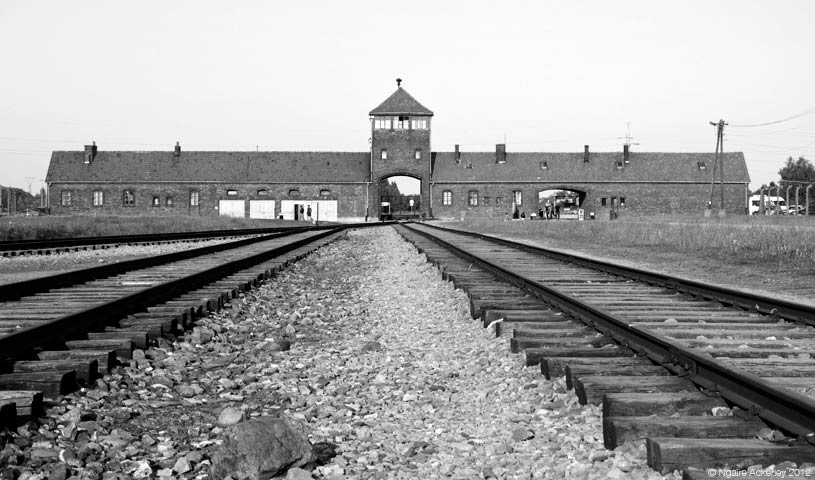
The well-known building from Auschwitz-Birkenau that many will recognise from various movies and books they have seen or read.
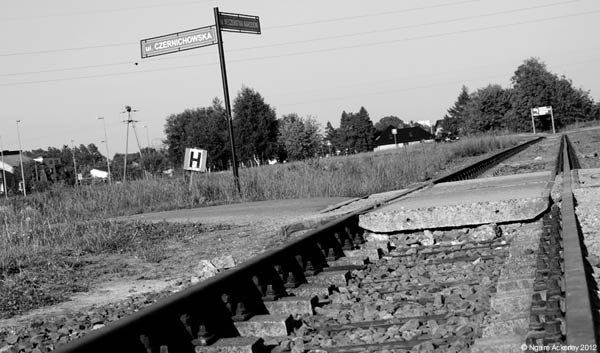
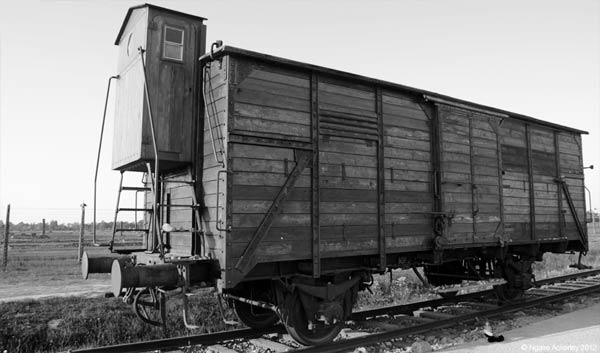
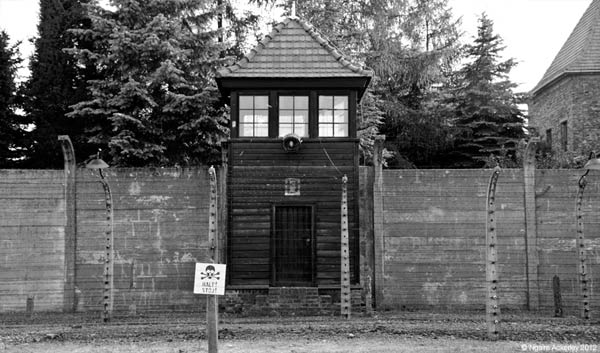
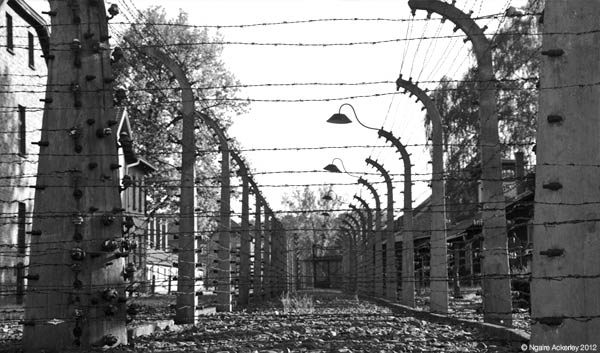
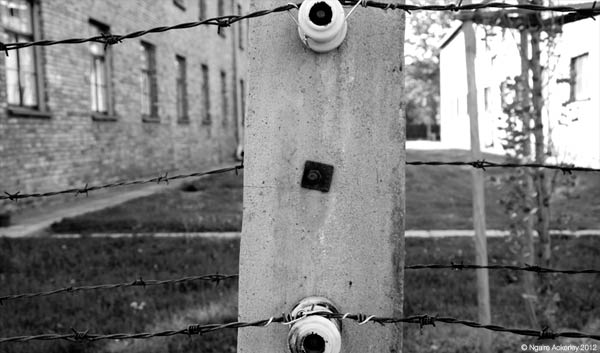
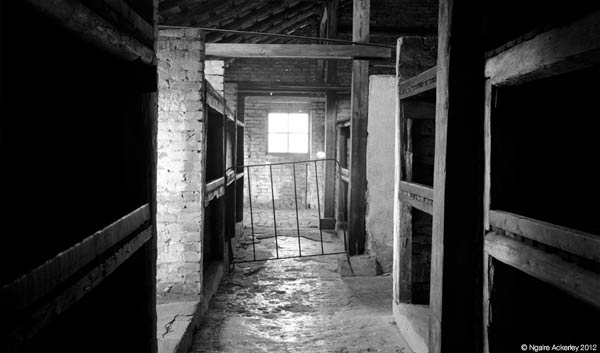
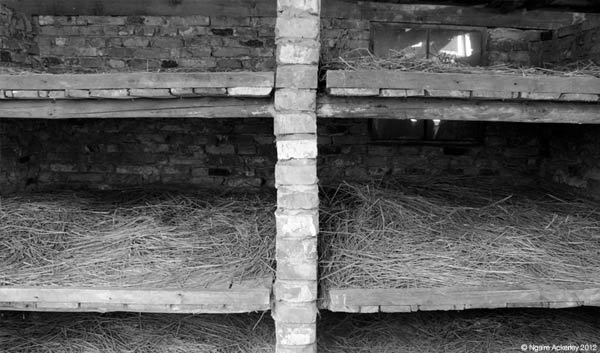
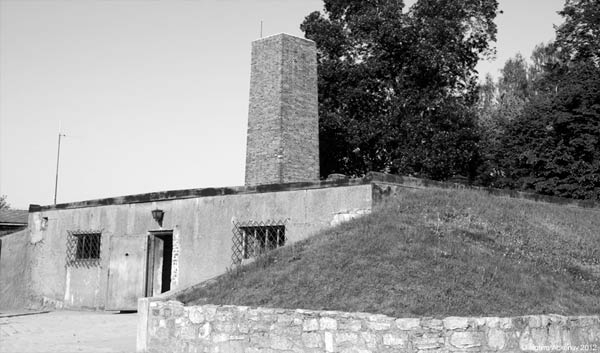
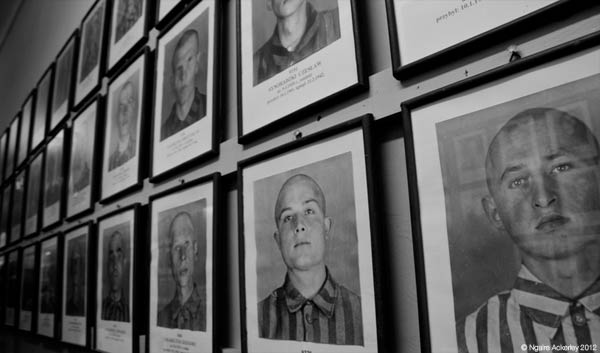
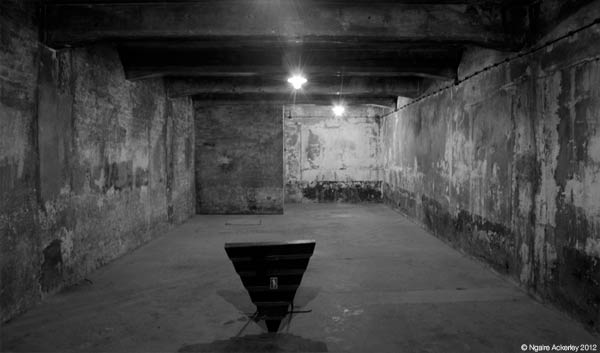
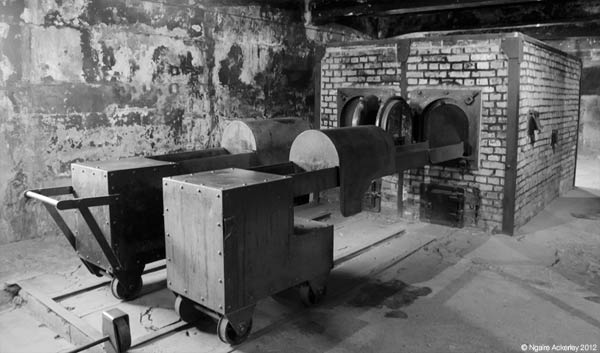
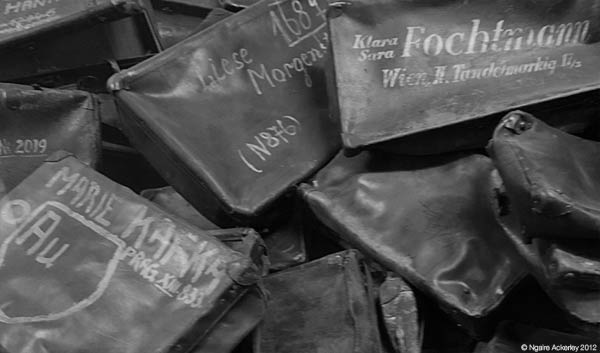
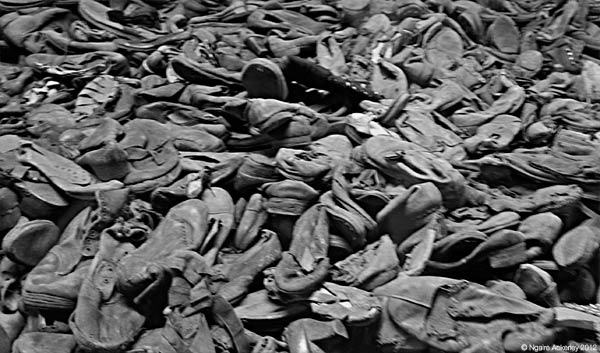
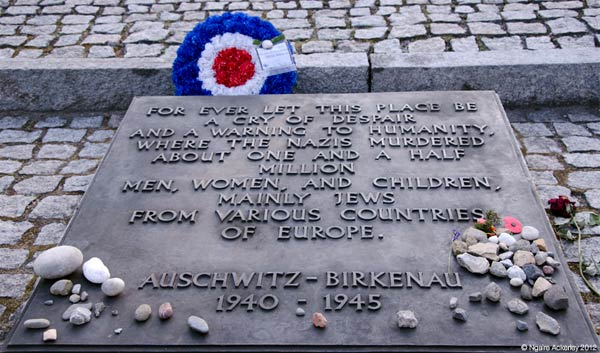
For further photography from Auschwitz, Auschwitz-Birkenhau and Krakow, please view the full travel photography album of Poland by Ngaire Ackerley »
« Back to Blog

